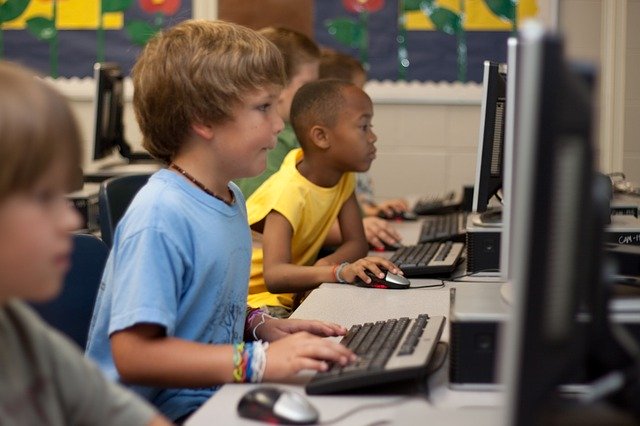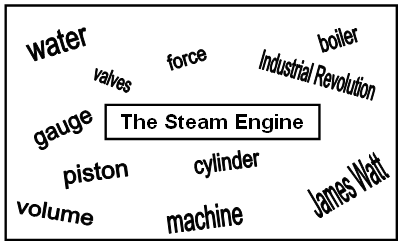Prediction Reading Strategy – Examples for Effective Comprehension
June 8, 2020 June 10, 2020
One of the tenants of Learning-Focused is that it is a process for connecting highly effective research-based learning strategies. As we progress towards the upcoming school year, there is a good chance that students will be asked to learn through a combined modality of the physical classroom and distance learning. It is vital to remember that how students process the information and “learn” has not changed. For example, a common practice for activating thinking at the start of a lesson is to use a video clip (or some other form of media). This type of Activating Strategy works great either in a traditional setting or in a virtual one. However, simply showing the video does not mean you are activating students’ thinking. It is important to remember to set a purpose for students that both engages them and sets the expectation for how students need to think about what they are learning.
One of the best ways to do this is to ask students to make predictions. Depending on which study you refer to, the act of prediction will increase their ability to remember and learn the content by 15-20% over just watching the video. By providing prediction activities or questions before watching a video or reading a passage, teachers can improve the students’ comprehension of content, even if they guess wrongly. Benedict Carey in How We Learn explains it as, “The act of guessing engaged your mind in a different and more demanding way than straightforward memorization did, deepening the imprint of the correct answers” (2015).
When you couple prediction with the increase in learning from when students summarize, you have a multiplier effect that increases the likelihood that the students will remember.
Prediction Examples
Here are two prediction reading strategies that are easily adapted for both physical and virtual learning environments.
Example #1: Word Splash Activity
What is a Word Splash? A Word Splash created by providing a topic, a list of 4-8 words, and asking the students to write or type a paragraph that connects those 4-8 words to the offered topic. They watch the video and then review their paragraph for accuracy.

Example #2: From “Search and Find” to Prediction Comprehension Questions
Think about this example. If students are provided with a passage and comprehension questions, the questions determine the learning.
The Finding of Hugglbos
It is believed that Hugglbos once yupted the bysistor of Nanatoga. The Hugglbos were an antitotal of Hugglators. In recent years the Hugglbos have knotabled in Fedrobela. It seems they have clokafied about twice a year. Fedrobela is much more protified for the results of Hugglbos.
- What are Hugglbos?
- Where have the Hugglbos knotabled?
- When do the Hugglbos clokaflie?
In this “search and find” example, students will be completing a task, but comprehension and learning are not necessary to answer the questions. You can answer the questions even though Hugglbos don’t exist.
However, if you provide the questions above as prediction questions, have students read a text, and then ask questions like the ones below, students will demonstrate understanding and apply their knowledge to summarize the text by answering the questions below.
- How would you describe Hugglbos?
- What is your opinion about Hugglbos?
- Why do you think it would be fun to be a Hugglbo?
- Explain an experience that is similar to that of finding the Hugglbos.
These simple tweaks to the instructional design, whether within the classroom or through the computer, connect the learning strategies for maximum impact.
Learn about our Teaching and Learning Framework, or visit our Lesson Planning resources.
